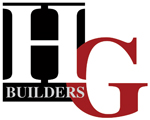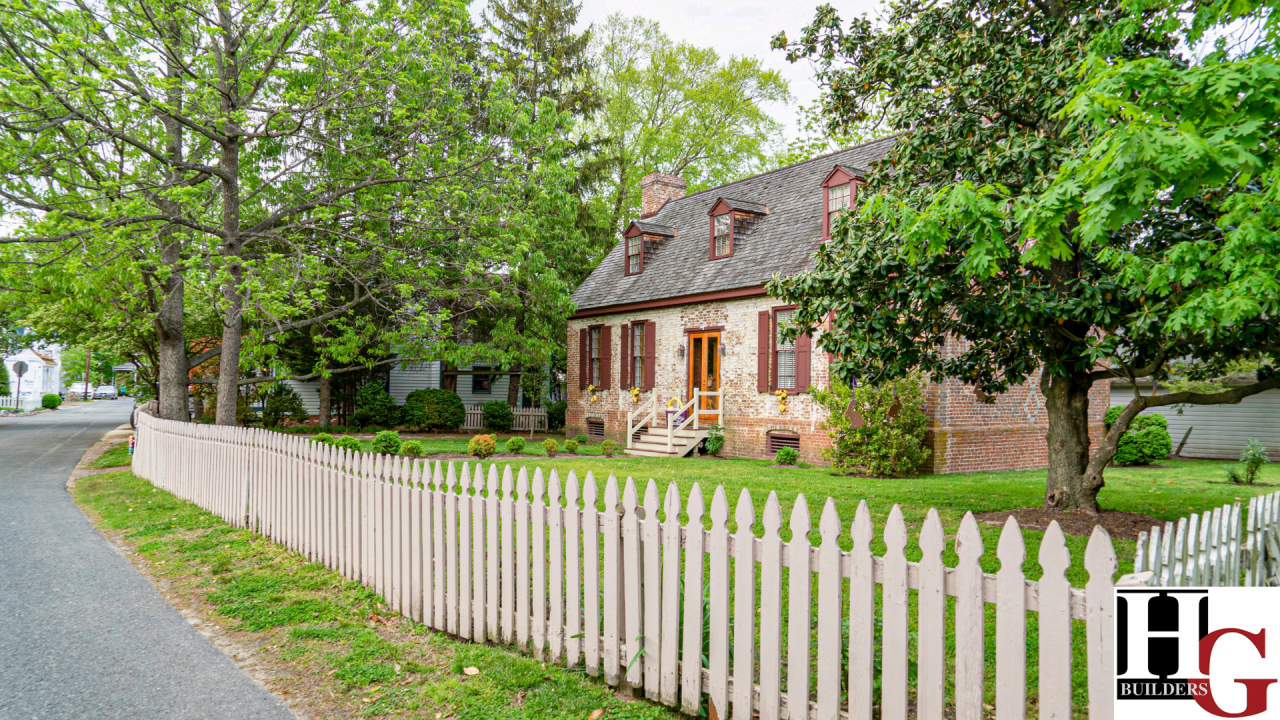REAL ESTATE ROCHESTER NYThe Pitfalls & Common Challenges of Older Homes in Rochester NY
The Downsides of Buying an Older Home
Purchasing an older home can be a journey filled with charm and historical allure. It’s also often accompanied by a unique set of challenges. These properties, steeped in history, come with their own narrative and potential issues that new homeowners should be acutely aware of. This guide aims to delve deeply into the common pitfalls associated with older homes. From outdated electrical systems and plumbing woes to structural concerns and the presence of hazardous materials, understanding these challenges is crucial for anyone considering the purchase of an older property. We’ll explore the major issues often found in these homes, providing insights to help you make an informed decision and prepare adequately for the responsibilities of owning a piece of history.
Here’s a detailed look at some challenges you might face with an older home.
High Maintenance and Repair Costs
Older homes are often synonymous with frequent and sometimes costly maintenance.
- Aging Infrastructure: Plumbing, electrical, and HVAC systems in older homes may need to be updated and prone to failure, requiring expensive upgrades or repairs.
- Roof and Structural Issues: Older homes may have endured years of wear and tear, leading to potential structural problems, including foundation cracks or a deteriorating roof.
Less Energy Efficient
Energy efficiency is a significant concern in older homes.
- Poor Insulation: Many older homes were built with less efficient insulation, leading to higher heating and cooling costs.
- Outdated Windows and Doors: Older windows and doors are often less effective at keeping heat in during winter and out during summer, contributing to increased energy bills.
Potential for Health Hazards
Older homes may harbor health risks that are less common in newer constructions.
- Lead Paint and Asbestos: Homes built before the late 1970s might contain lead-based paint or asbestos materials, which pose serious health risks.
- Mold and Mildew: Older homes, especially those not well-maintained, can have issues with dampness, leading to mold and mildew growth.
Compliance with Current Codes and Standards
Older homes might need to meet current building codes and safety standards.
- Electrical and Fire Safety: Older electrical systems may not be up to current codes, increasing the risk of electrical fires.
- Lack of Modern Safety Features: Features like smoke detectors, carbon monoxide detectors, and security systems might need to be present or current.
Design and Layout Limitations
The design of older homes may not align with modern living standards.
- Smaller Rooms and Closets: Older homes often have smaller rooms and less closet space than modern homes.
- Outdated Layouts: Many older homes need more open floor plans that are popular today, which can make them feel cramped and less suitable for modern lifestyles.
Higher Insurance Costs
Insuring an older home can be more expensive.
- Risk Factors: Insurance premiums can be higher for older homes due to the higher risk of issues like plumbing leaks or electrical fires.
Historic Restrictions
If the older home is designated as a historic property, there may be restrictions on renovations.
- Limitations on Changes: Renovating a historic home often requires adherence to strict guidelines, limiting your ability to make changes that align with your personal preferences or modern conveniences.
Buying an older home in Rochester, NY, or anywhere else, can certainly have its appeal. Still, it’s vital to be aware of the potential downsides. High maintenance costs, energy inefficiency, health hazards, compliance issues, design limitations, higher insurance costs, and possible historical restrictions are all factors that can impact your living experience and financial situation. Thorough inspections and a clear understanding of what renovations might be necessary are essential to making an informed decision.
Major Issues Often Found in Older Homes
When considering the purchase of an older home, it’s essential to be aware of the common problems that may arise. These issues not only affect your comfort and safety but can also significantly impact your wallet. Here are 10 major issues frequently found in older homes:
Outdated Electrical Systems
- Knob-and-Tube Wiring: Common in homes built before the 1950s, this old wiring method can be a fire hazard.
- Insufficient Power Supply: Older homes often have lower amperage and cannot support modern appliances and electronic devices.
Plumbing Problems
- Corroded Pipes: Older piping materials like galvanized steel can corrode over time, leading to leaks and water quality issues.
- Sewer Line Issues: Aging sewer lines may be prone to breaks or blockages, requiring costly repairs or replacements.
Foundation and Structural Issues
- Settling and Cracks: The foundation may pay over time, causing cracks and structural instability.
- Rotting Wood: Wooden structures, particularly in basements and attics, can suffer from rot and termite damage.
Poor Insulation and Energy Efficiency
- Inadequate Insulation: Many older homes lack insulation, leading to higher heating and cooling costs.
- Drafty Windows and Doors: Older windows and doors often fail to seal correctly, letting in drafts.
Hazardous Materials
- Asbestos: Commonly used in insulation and other building materials until the 1970s, asbestos can pose health risks if disturbed.
- Lead Paint: Homes built before 1978 may contain lead paint, which is hazardous, especially to children.
Roofing Problems
- Aging Roofs: Older roofs may have damaged or missing shingles, leading to leaks and water damage.
- Inadequate Ventilation: Poorly ventilated attics can build moisture and heat, damaging the roof over time.
Heating and Cooling System Issues
- Outdated HVAC Systems: Older heating and cooling systems are less efficient and more prone to breakdowns.
- Lack of Central Air Conditioning: Many older homes were built without central air, requiring costly installation for modern climate control.
Environmental and Air Quality Issues
- Mold and Mildew: Older homes are more likely to have issues with dampness and poor ventilation, leading to mold and mildew growth.
- Indoor Air Quality: Older homes may have accumulated dust, allergens, and other pollutants over the years.
Inefficient Windows
- Single-Pane Windows: Many older homes have single-pane windows, which are far less efficient than modern double or triple-pane options.
- Rotted Frames: Wooden window frames can rot or warp, causing functional and aesthetic issues.
Cosmetic and Design Limitations
- Outdated Design: Older homes’ aesthetic and functional design may not align with modern preferences, requiring extensive renovations.
- Limited Storage Space: Older homes often need more common closets and storage space in newer homes.
While older homes can offer charm and character, they often come with many issues that can be costly and challenging to address. Potential buyers should conduct thorough inspections and be prepared for the possibility of significant renovations to bring the home up to modern standards in safety, efficiency, and comfort.
Economic Advantages of Building a Custom Home in Rochester, NY
Purchasing an older home can be a journey filled with charm and historical allure. Still, it’s also often accompanied by a unique set of challenges. These properties, steeped in history, come with their own narrative and potential issues that new homeowners should be acutely aware of. This guide aims to delve deeply into the common pitfalls associated with older homes. From outdated electrical systems and plumbing woes to structural concerns and the presence of hazardous materials, understanding these challenges is crucial for anyone considering the purchase of an older property. We’ll explore the major issues often found in these homes, providing insights to help you make an informed decision and prepare adequately for the responsibilities of owning a piece of history.
Long-Term Cost Savings
The decision to invest in a custom-built home in Rochester, NY, comes with various long-term economic benefits that far outweigh the initial costs. Here’s a breakdown of how a custom home can lead to significant savings over time:
- Energy Efficiency: Custom homes can be designed with cutting-edge energy-saving features. These include:
- High-efficiency HVAC systems that consume less energy and reduce utility bills.
- Advanced insulation techniques ensure minimal heat loss in winter and keep homes more relaxed in summer.
- Energy-efficient windows and doors that maintain indoor temperatures and reduce the need for artificial heating and cooling.
- Modern Construction Materials: Using modern, durable materials in construction can reduce maintenance costs. These materials are often more resistant to wear and tear, weather elements, and pests.
- Custom Electrical and Plumbing Systems: Tailoring these systems to your needs can avoid the excess costs associated with older, less efficient systems in pre-built homes.
- Solar Energy Integration: Incorporating solar panels can significantly reduce electricity bills and even generate passive income through energy credits.
- Water-Saving Fixtures: Custom homes can include low-flow toilets, showerheads, and faucets, reducing water bills.
Increased Property Value
Building a custom home in Rochester is not just about creating a comfortable living space; it’s also a wise financial investment. Here’s how a custom-built home can enhance property value:
- Unique Design and Architecture: Custom homes stand out with unique designs and architectural elements, making them more attractive to potential buyers and often fetching a higher market price.
- High-Quality Construction: Using superior materials and craftsmanship in custom homes can significantly increase their lifespan and appeal, boosting their resale value.
- Adaptability to Market Trends: Custom homes can be designed to include features currently trending in the real estate market, such as open floor plans, home automation, or eco-friendly designs.
- Desirable Locations: Custom homes in Rochester can be built in sought-after locations, enhancing their value. Proximity to key amenities like good schools, parks, and cultural attractions can make a big difference.
- Personalization as a Selling Point: While the personalization of a custom home is tailored to the original owner, these unique features can also be desirable to future buyers looking for something beyond the standard.
The economic advantages of building a custom home in Rochester, NY, extend well beyond the immediate gratification of living in a uniquely yours space. They represent a strategic investment in energy efficiency, modern construction, and design, all contributing to long-term savings and potential profit in the real estate market.
In conclusion, while older homes certainly carry their unique charm and character, their potential challenges must be considered. From structural concerns and outdated systems to efficiency issues and health hazards, these properties often require a significant investment in both time and money to bring them up to contemporary living standards. This is where the expertise of HG Builders comes into play. When you choose HG Builders to construct your dream home, you’re not just getting a house but crafting a future. With their commitment to quality, modern design, and sustainable building practices, HG Builders ensures that your new home is accessible from the common pitfalls of older properties. They offer innovative design, efficiency, and tailor-made features that cater to your specific lifestyle needs. By choosing HG Builders, you’re not just building a house; you’re creating a safe, efficient, and personalized haven that will stand the test of time – a wise investment for your future.

